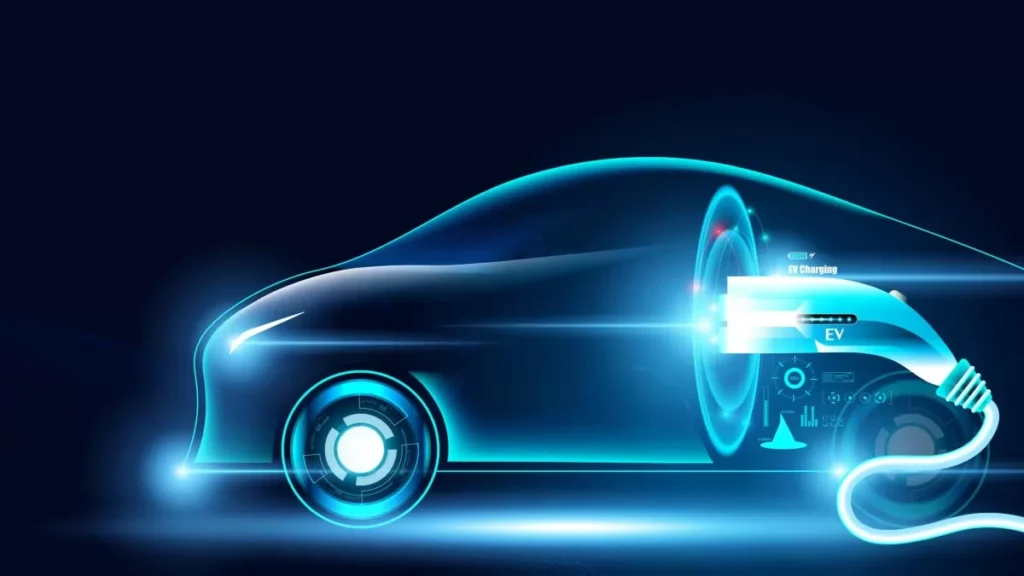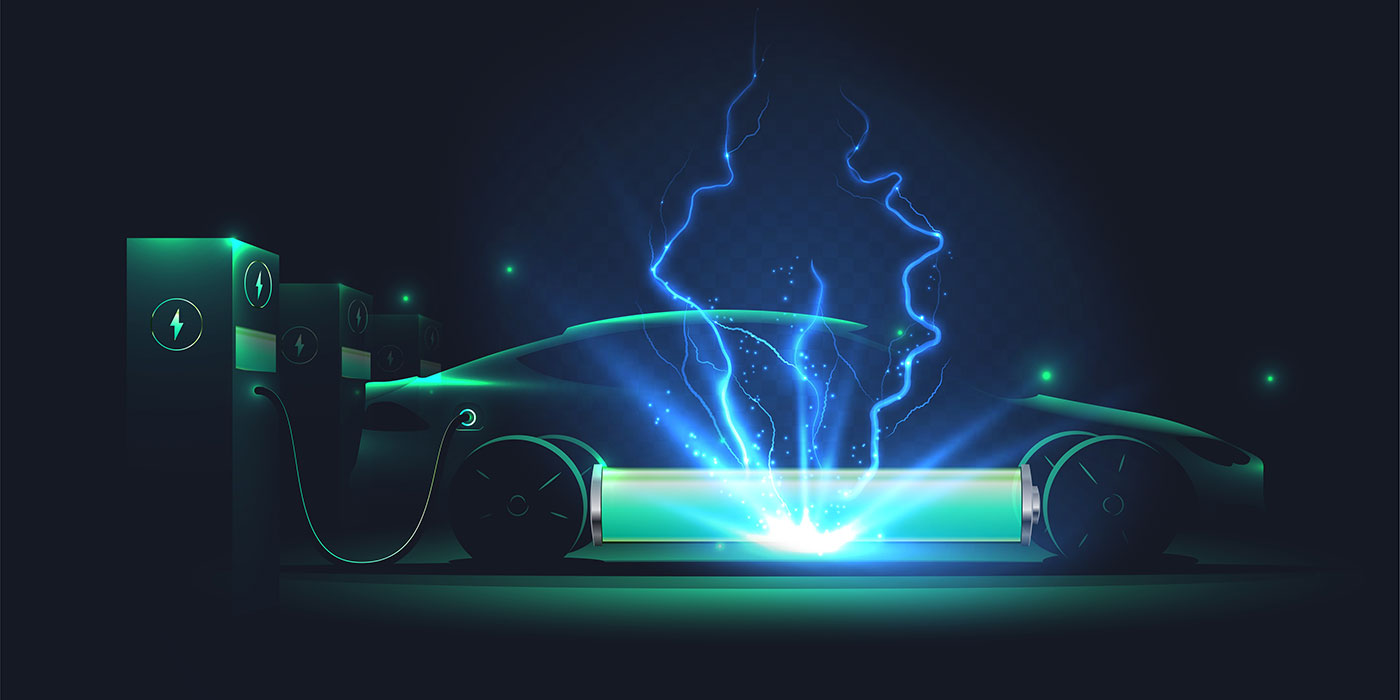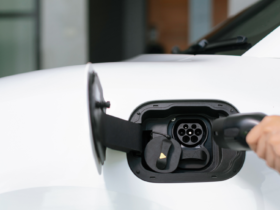Electric car technology trends are rapidly evolving, shaping the future of transportation and driving the automotive industry toward a more sustainable future. As we progress into 2024, these trends reflect a significant shift in how electric vehicles (EVs) are designed, manufactured, and integrated into our daily lives.
The landscape of electric car technology trends encompasses several key areas, including advancements in battery technology, improvements in charging infrastructure, and innovations in vehicle connectivity and autonomous driving capabilities.

One of the most notable electric car technology trends is the rapid development of battery technology. Lithium-ion batteries, which have been the cornerstone of electric vehicles for years, are now undergoing significant improvements. Innovations such as solid-state batteries are poised to revolutionize the industry by offering higher energy densities, faster charging times, and enhanced safety features.
These next-generation batteries promise to extend the driving range of electric vehicles significantly, addressing one of the primary concerns of potential EV buyers—range anxiety. Solid-state batteries, for instance, are expected to reduce the weight of batteries while increasing their lifespan, making them a crucial component in the future of electric car technology trends.
Another significant trend is the expansion and enhancement of electric vehicle charging infrastructure. The growth of fast-charging networks is a critical development, addressing the convenience and accessibility of charging stations. Companies and governments are investing heavily in deploying ultra-fast chargers that can recharge electric vehicles in a matter of minutes rather than hours.
This trend not only alleviates concerns about charging time but also supports the broader adoption of electric vehicles. Additionally, advancements in wireless charging technology are being explored, which could further simplify the charging process by eliminating the need for physical connections between the vehicle and the charging station.


















1 Comment